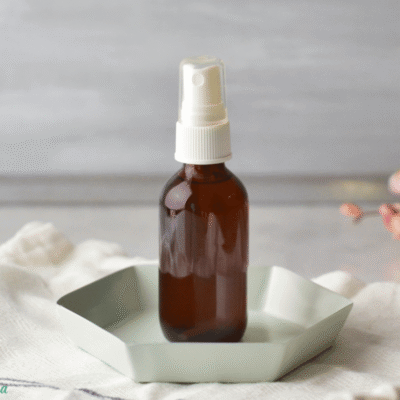
Stepping into a local coffee shop to order your favorite coffee beverage has become second nature to most of us. Whether you are a fan of a regular cup of joe, an espresso, or even one of the fancier named drinks, there are instances where we have no idea what the combination in our cup consists of, but we love it. This is often the case when ordering a mocha, or mocha latte.
Whether you know what’s inside your cup, the taste, and of course, the caffeine inside isn’t to be denied. Have you ever asked about the amount of caffeine inside your mocha? If not, you may be shocked to learn that there is around 150 mg of caffeine in a 12-ounce mocha. What else is inside a mocha? Why is the caffeine content so high? We’ll answer all your questions. Continue reading to learn what a mocha is and more about the caffeine content found inside.

What Is a Mocha?
Often called a mocha latte, a mocha is a latte with delicious chocolate inside. It is a rich, sweet coffee beverage made from one to two shots of espresso, chocolate syrup, and steamed milk. According to where you get your mocha, you may get a bit of garnish in the form of whipped cream, cocoa powder, or even chocolate shavings.
The taste is what keeps bringing people back, however. Espresso is bold and rich. The chocolate and steamed milk help balance the drink and add a bit of sweetness. You can easily customize the sweet flavor by adding more steamed milk or chocolate if you prefer. You can further customize a mocha by changing the type of milk used, adding flavored syrups, or trying it iced.

The History of Mocha
It makes sense that mocha’s origins can be traced back to a city in Yemen named Mocha. The coffee beans grown in this area were known for their strong, chocolate flavor. It only made sense to refer to coffee made with these beans as a mocha. Often, this coffee was combined with chocolate. This gave the drink a rich flavor people loved. In the 18th century, this drink grew in popularity throughout Europe. Eventually, it arrived in North America.
The mocha we enjoy today isn’t the same drink that originated in Yemen. During the 1980s, people wanted a few options when it came to their coffee. To answer this craving, experiments were made where chocolate was added to coffee beverages. It didn’t take long for this drink to grow in popularity. While mocha was already a thing, the switch of adding chocolate and steamed milk to the mix gave birth to the café mocha that is beloved in coffee shops around the world.

The Caffeine in a Mocha
Knowing the caffeine amounts we consume daily is important. While some of us may drink coffee all day, there are others out there who get the jitters after a single cup. When it comes to a mocha, there’s quite a bit of caffeine inside. This is especially true if you compare it to the amount of caffeine inside a typical 8-ounce cup of brewed coffee, which features around 95 mg of coffee.
Why is the caffeine amount higher in a mocha? It’s thanks to the espresso used to create the drink. If you aren’t familiar with what espresso is, it’s a concentrated shot of coffee that is made using high pressure. When making this drink 1–2 shots of espresso are used. You also can’t forget that a mocha has chocolate inside. While it may not be as high as coffee, chocolate also has caffeine in it.
Let’s take a look at how the caffeine found inside a mocha compares to other popular coffee beverages.
| Café Nero Coffee | 160 mg of caffeine in a 12-ounce cup |
| Café Americano | 154 mg of caffeine in a 12-ounce cup |
| Cappuccino | 154 mg of caffeine in a 12-ounce cup |
| Mocha or Café Mocha | 150–152 mg of caffeine in a 12-ounce cup |
| Flat White | 130 mg of caffeine in a 12-ounce cup |

Is the Caffeine in a Mocha Dangerous?
Like most caffeinated drinks we enjoy, determining whether the levels in a mocha are dangerous depends on your body’s reaction and the number of mochas you drink. People have different reactions to caffeine. Those who drink caffeine regularly may not even notice when they add caffeine beverages to their day. People who don’t drink a lot of caffeine may experience side effects that are trying to tell their bodies the caffeine they’ve consumed is too much. The biggest thing to remember when consuming caffeine is to use moderation.
If you experience any of these negative effects when consuming caffeine, lower the amount you’re having and speak with your doctor:
- Insomnia
- Headaches
- Upset stomach
- Nausea
- Increased heart rate
- Jitteriness

Final Thoughts
If you’re a fan of mochas, now you know what’s inside your cup when you order one. Yes, these chocolatey coffee drinks are tasty, but they do have a decent amount of caffeine inside. If you’re a regular coffee drinker, enjoying a mocha throughout the day may not be a big deal for you. For those who aren’t big caffeine enthusiasts, practice moderation when taking on a new caffeinated beverage until you learn how your body will react to the increased levels in your system.
Featured Image Credit: Jojo Yuen (sharemyfoodd), Unsplash





